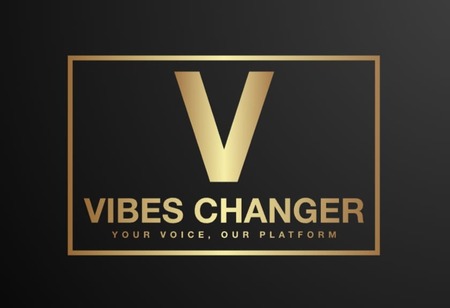Fashion has always been more than just clothing—it’s a form of self-expression, a way to tell a story without saying a word. From the ancient garments that marked social status to the contemporary streetwear that celebrates individuality, fashion reflects the changing times and the desires of society. Whether you’re dressing for an important event or simply choosing something comfortable for the day, the way we dress carries meaning. Let’s take a journey through the fascinating evolution of fashion.
The Origins of Fashion: A Mark of Status and Identity
Fashion traces its roots back to ancient civilizations. In Egypt, Mesopotamia, and Greece, clothing was used to signal social class, occupation, and even political power. The Egyptians, for example, wore linen garments that were simple but beautifully designed, often accompanied by jewelry that indicated their wealth. In ancient Greece and Rome, the toga became a symbol of Roman citizenship, while in Egypt, pharaohs were adorned with lavish attire and accessories, signifying their divine status.
These early examples show that fashion wasn’t just about looking good—it was about identity. The types of fabrics, colors, and adornments were carefully chosen to communicate one’s role in society.
The Renaissance and the Rise of Haute Couture
Fast forward to the Renaissance period, and fashion began to evolve into something more elaborate. The wealthy classes of Europe embraced detailed embroidery, luxurious silks, and intricate designs that showcased their affluence. Clothing became more structured, with corsets and ruffs becoming popular among aristocrats. The 16th century was a time of opulence in fashion, and the desire to showcase wealth and sophistication continued to drive the designs of the time.
By the 19th century, fashion had become a formalized industry, with the birth of haute couture in Paris. Charles Frederick Worth, often credited as the first couturier, opened a fashion house in 1858. His designs set the stage for what would become the modern fashion industry, where tailored, exclusive garments became symbols of luxury and exclusivity.
The Birth of Modern Fashion: A Reflection of Society’s Changes
The 20th century saw rapid shifts in fashion, with styles changing as society evolved. The early part of the century was marked by elegant, feminine silhouettes, influenced by the extravagant designs of the Victorian era. However, the two World Wars changed the way people viewed fashion. Fabric shortages during wartime led to simpler, more practical styles. Women, who had been relegated to domestic roles, began entering the workforce in greater numbers, leading to more comfortable, functional clothing like trousers and jackets.
In the post-war era, the 1950s introduced a new wave of femininity with the hourglass figure championed by Christian Dior’s “New Look.” By the 1960s, youth culture had begun to reshape fashion, with mod styles, mini skirts, and androgynous looks reflecting the growing demand for individuality and rebellion.
Fashion Today: Diversity, Sustainability, and Personal Expression
In today’s world, fashion is no longer confined to the traditional runways or high-end boutiques. The democratization of fashion through social media platforms, fashion blogs, and online stores has given everyone the opportunity to engage with the industry. People are experimenting with their looks, blending cultures, and celebrating their unique identities.
Sustainability has also become a key focus in the fashion world. As consumers become more conscious of the environmental impact of fast fashion, brands are shifting towards ethical practices, using sustainable materials and promoting mindful consumption. Vintage clothing has made a major comeback, with many fashionistas opting for second-hand or upcycled items that carry a sense of history and individuality.
Moreover, inclusivity is at the forefront of modern fashion. Brands are beginning to embrace a more diverse range of body types, ethnicities, and gender identities. Fashion is no longer just about fitting into a certain mold—it’s about breaking barriers and embracing authenticity.
The Future of Fashion: Technology, Innovation, and the Metaverse
As we look to the future, technology is set to continue shaping the fashion landscape. Innovations like 3D printing, artificial intelligence, and virtual fashion shows are transforming how designers create, present, and sell clothing. The concept of the Metaverse is also making waves, with virtual clothing gaining popularity. People are now dressing avatars in digital spaces, creating fashion for virtual worlds that have their own trends and influencers.
Fashion’s future is bright, and its evolution will undoubtedly continue to reflect the changing world around us. As we move forward, one thing is certain: fashion will remain a powerful tool for self-expression, social commentary, and cultural reflection.
Conclusion
Fashion is an ever-changing, dynamic industry that has evolved alongside human history. From the elaborate gowns of the Renaissance to the casual chic of modern streetwear, it has been a canvas for creativity, identity, and societal change. Today, fashion continues to be a platform for innovation, inclusivity, and personal expression. It tells the story of who we are, where we’ve been, and where we’re going—one outfit at a time.
#FashionEvolution
#TimelessElegance
#ModernFashion
#FashionHistory
#VibesChanger
#BuzzCreatorsDigitalMedia

